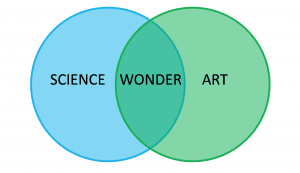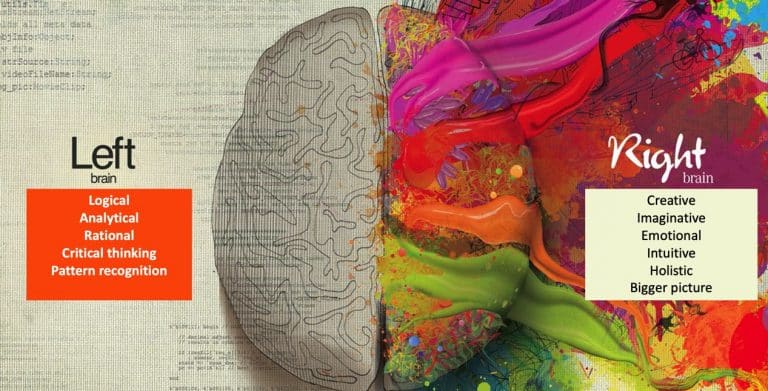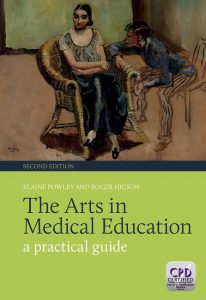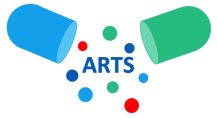
Art has been used in medicine as a resource for learning and a tool for for care for hundreds of years and the practice of medicine itself is often described as an art.
C P Snows (a novelist and chemist) presented the BBc’s Reith Lecture in 1959 on ‘The Two Cultures’. He called for increased dialogue between the scientific and artistic communities. This was 70 years ago, although there has been a significant change there is still much to be done to harness the power of the arts in medical education and healthcare.
Medical training teaches from a scientific perspective. This view is essential but unidirectional. The care of patients can be enhanced by viewing the world from other perspectives. Art helps clinicians appreciate other perspectives and fosters the skills of curiosity and creativity leading to a state of wonder where what is seen and done is questioned to become wiser, kinder and more understanding. The medical humanities are now a specialist subject in their own right, but there is scope for art to add value in teaching both the undergraduate and postgraduate medical curricula.
Art resources are particularly useful in teaching because they can:
- Broaden experience and exposure to other worlds
- Help see the world from different perspectives
- Help make sense of the world
- Break down cultural barriers and explore biases
- Deepen understanding of an individual’s experience of illness
- Develop observational, descriptive, and problem-solving skills
- Help explore the challenge of managing uncertainty.
- Provide challenge that does not rely on medical experience/knowledge
- Reflect real life (so take care as they can trigger powerful responses and emotions)
Medical education primarily focuses on developing skills associated with left-brain function. Patient care and clinician satisfaction improve by integrating skills usually associated with right-brain function; arts resources can develop these.

The arts also have an important role to play in our patients’ lives. The UK Government’s 2017 Report ‘Creative Health; The Arts for Health and Wellbeing’ supported by the 2019 WHO HEN Report recognised the value of arts-based approaches in helping people to stay well, recover faster, manage long term conditions, and experience a better quality of life. Clinicians are well placed to help patients to access arts-based approaches. Read more about this in the ‘Arts for Health’ page.
Now for some ideas to help you understand how the arts can be used to learn and teach
Personal learning
E.g. When I wanted to understand more about the issues of in-work poverty I chose to watch and discuss Ken Loach’s film, Sorry We Missed You.
If you want to learn more about a particular illness or medical concept/theme you could search the internet, your library, book shop, art gallery, or Netflix for relevant resources or take a look at the resources on this website – they might just be what you are looking for to help you learn.
Don’t forget learning does not have to feel like work, you might find that what you are reading, watching or listening to for pleasure serendipitously becomes educational, as edu-tainment.
E.g. Reading American Dirt on holiday made me more aware of the plight of Mexican migrants and the challenges they face in having to flee their home country.
Tutorials and seminars
Using arts resources in a tutorial or seminar can be daunting for both the educator and the learner. Sometimes the ‘learner’ can disengage even before the session starts just because they hear the word art. It can be helpful to prime the learner first by sharing an engaging piece of music or film. Look at the short film at the beginning of the section on illness, when used in group teaching it has not yet failed to engage participants.
The easiest way to use arts resources is for them to be woven into your teaching and used in the same way as traditional medical resources.
E.g. Take a look at the resources on migraine and think about how these might enhance your usual teaching of this disabling condition.
E.g. Ask the group/individual to watch Inside Out as a stimulus for discussing emotional health.
It’s also good to get learners engaged in being creative.
E.g. Ask your learner to write a poem about how they feel about work or their work-life balance, it’s a good way to explore their world.
E.g. You could explore the GP Training competency of Community Orientation by taking a walking tutorial around your practice area and taking photographs of things that catch their eye to discuss later.
Teaching with the arts is enjoyable and rewarding for everyone involved. For the sceptics, why not remind them that there is even robust evidence to show that being creative and accessing the arts helps maintain wellbeing.
If you would like to learn more about using the arts in teaching dip into the resources on this site which are laid out with questions and ideas, or look at this excellent book, written by two Yorkshire GPs who inspired my love of using the arts in medical education.

Head back to the home page to find tips for using the arts in your teaching and an index of all the resources.
